Gabriel Barta describes himself as a young researcher and, for several years, a young entrepreneur, stating that he was driven in his endeavors by the desire to get out of the sphere of conformity.
“The idea of the project is based on two observations - the abundance of agro-industrial waste generated daily by everyday activities, but also my passion for coffee, from the simple activity of enjoying an espresso to the complex processes behind this beverage. I had the opportunity to meet people who have indirectly instilled this passion for research in me. Thus, seeing that in the Cluj area a lot of waste is generated daily, from the coffee grounds from the many coffee shops to the residues from the agricultural activities in the area, I started to research a possible solution to recover these by-products. It all culminated in a first "experiment" at home, and the material obtained was the boost needed to start the adventure called RongoDesign”, Gabriel tells us.
RongoDesign is the embodiment of his vision to create a regenerative built environment that draws on nature for inspiration and innovation to create a change in contemporary approaches to resource management and production methods.
New materials using waste from other industries
“We will develop our technology and processes with respect and appreciation for the rhythms of the wider ecosystem, using only microorganisms that are totally harmless to humans and the environment. Using mycelium, the root fibber of mushrooms, to grow our materials on organic and synthetic substrates that are by-products or “wastes” of other industries, our goal is to replace the synthetic and unhealthy materials used in insulation, interior design and packaging”, continues Gabriel Barta.

According to its founder, from the very beginning, RongoDesign has been dedicated to creating products with a strong aesthetic value, made only from natural materials, with significantly better properties than conventional solutions in areas such as construction (interior insulation), interior design and even packaging, based on products made from plastic or other petrochemical elements.
The power of mycelium
“Mycelium is often described as the 'root structure' or 'vegetative state' of fungi. But mycelial networks are unique, extremely fine and strong, with high tensile strength and the ability to withstand water, decay and immense internal or external pressures. They come from nature and, under the right conditions, return to the soil as nutrients. In other words, they are one of nature's most amazing supermaterials”, Gabriel explains to us.
He adds the fact that together with his colleagues, at RongoDesign they set out to harness the power of mycelium to grow their own materials using organic and synthetic substrates that are by-products or 'waste' from other industries.
“After more than three years of R&D, we have established precise protocols and the species used are always adapted to the end use of the products. At the end of the production process, mycelium materials are inert and the resulting products are completely stable, safe, durable and also biodegradable with a unique aesthetic”, says Gabriel.
A material of many uses and advantages
We were curious to find out what are the advantages of using mycelium to develop organic materials for construction and design products.
As Gabriel tells us, there are quite a fewstrong points in switching to mycelium based materials.
Sustainability: Mycelium is a naturally occurring material that can be easily grown and harvested, making it a renewable resource. It has a smaller environmental footprint compared to traditional building materials like concrete and plastic, as it requires significantly fewer greenhouse gas emissions during production. Additionally, mycelium is biodegradable and will naturally decompose over time, reducing waste and pollution.
Durability: Despite its lightweight nature, mycelium has been shown to be just as strong as concrete in some cases. It is resistant to water and fire, making it a suitable material for construction applications. When dried, mycelium becomes incredibly durable and resistant to water, mold, and fire.
Versatility: Mycelium can be molded into various forms, making it highly versatile for both construction and design products. It can be used to create furniture pieces, insulating panels, bricks with increased thermal and acoustic properties, wall and ceiling panels, and more. Its fast-growing fibers can also be used for packaging, clothing, and food production.
Low environmental impact: Mycelium-derived materials have several advantages over traditional synthetic materials, including low cost, density, and energy consumption. By using mycelium, there is a reduction in the reliance on fossil fuels and a decrease in the amount of waste generated during production and construction.
Among the first in the world
A first product developed by Gabriel and the RongoDesign team is the mycelium insulation panel, the first of its kind in Romania and among the few worldwide.
“It is an ambitious and innovative product, able to replace polystyrene and other classic materials, being handmade and without artificial processes. Its qualities in terms of durability, impermeability and fire resistance are ideal for creating quality products that are also compostable”, says Gabriel.
_.jpg)
He continues to say that this mycelium insulation panel produces ten times less carbon dioxide and uses about eight times less energy than polystyrene foam production.
Traditional building and construction materials have a huge carbon footprint, are energy-intensive and can’t be disposed of in a sustainable manner.
The construction industry is responsible for 38% of global energy-related CO2 emissions. At the same time, CO2 emissions from the building sector are the highest ever recorded, at almost 10 Gt CO2.
Transforming the construction industry
At the same time, the production of the traditional construction materials has significant impacts on land use, more that 30% of landfill space is occupied by EPS and XPS materials, water consumption, biodiversity loss, and air pollution, and our health.
“Our solution aims to transform the Romanian construction industry by introducing mycelium-based products as a sustainable alternative to classic ones. Rongo's innovative receipts are overcoming the need of hemp within traditional mycelium products by integrating local agricultural byproducts as a main material source: wheat straw, corn stalks, sunflower stalks, and sawdust from forestry operations are abundant, readily available and have a minimal environmental impact. We strongly believe that this local condition (Romanian strict regulations on hemp production x local agriculture production waste) will improve innovation on a global scale towards global solutions”, explains Gabriel.
He goes on to say that global solutions (global - local) will serve the future development of Rongo's product as a service strategy. By diversifying the available materials, the innovation becomes attractive to multiple regions, enhancing the potential for market expansion and adoption of mycelium-based products in various construction industries worldwide.
“In addition, not only does this panel outperform petrochemical / plastic-based building materials in terms of thermal and acoustic insulation, but as a natural material, it is safer and healthier. The product does not contain synthetic resin-based compounds, which can cause toxic smoke and rapid spread of flames during a fire”, adds the RongoDesign founder.
From the lab into the factory
Until the beginning of this year, Gabriel and his team have carried out strictly a research activity in order to define their recipes, with the clear purpose to create a different material from existing silicone solutions worldwide.
“This year we have managed to move from beta clients to customers, mainly from outside the country, as people here are still not so open to this kind of material. Outside the country the trend is very big and somehow it's easier for us to approach the foreign customers. Especially designers and architects are moving towards a more conscious and sustainable trend”.
RongoDesign targets customers in the Business to Business (B2B) sector, having a strong focus on construction industry partners, builders and contractors, real estate developers and consultants, architects, interior designers and other businesses involved in the home building and decorating processes.
_.jpg)
“One of our specific target audiences is the green building sector, which is growing rapidly in response to the global demand for more sustainable and energy-efficient buildings. According to a report by the World Green Building Council, green buildings can reduce energy use by 50%, water use by 40%, and greenhouse gas emissions by 39% compared to conventional buildings”, adds Gabriel.
The DNA to break barriers
It is clear that RongoDesign has the potential to become an international player in the field of sustainable building materials. And even Gabriel states the fact that the startup has had an international vision for development since the beginning.
“It is in our DNA to break internal barriers because the technology we use breaks all the classic barriers of production, so last year, in addition to the award of most innovative startup of the Start For Future program in Germany, RongoDesign won the national stage of the EIT Climate Launchpad competition. In addition, the project was also selected as a CEE Net Zero Future 50 startup”.
The support from factory by Raiffeisen
But having a purpose of becoming an international player is not one without challenges. And according to Gabriel, the biggest challenges so far have been of a financial order.
“It is extremely difficult in Romania to find support, even if you have proven that you have a unique, innovative solution that quickly brings positive impact, people will just say "how nice", but to get involved and support in the true sense of the word this project is a long way. Challenges have been and always will be, as technology is based on a living organism, you have to listen to it to understand it. Another thing we encountered was the reaction of people who did not understand how something so unique could be made from waste”, says Gabriel.
In order to get the project off the ground, with his own investment, Gabriel managed to attract also the right investors that understood the potential of such an endeavor.
As he tells us, the initial investment was made with the help of the loan received as a result of the factory by Raiffeisen Bank program, ”the boost we needed to start the actual launch and construction of the production laboratory, the investment was around the amount of approximately 35,000 euros”.

“The program suited us perfectly, coming from a world of research. It was the first contact in the true sense of the word with the world of entrepreneurship”, says Gabriel, adding the fact that they received a lot of help from the people involved in the program.
“This is the uniqueness of the program, we managed to create relationships beyond the program with people who bring added value and who are with us whenever we call on them. For me this mattered the most, the connection with certain people involved in the program and the fact that I met people who really want to support you. We didn't need time to think to decide whether or not to participate in the program, as we have nothing to think about when it comes to recommending the program to other entrepreneurs, something we have done several times, I warmly recommend this program to other entrepreneurs at the beginning of the journey”, adds the RongoDesign founder.
A bright future ahead
At this point in time, the RongoDesign team has its own workshop, where they produce different panels with various applications, especially towards the design area.
Their plan is to expand and they are looking for partners and solutions to be able to build a factory to help them scale up as the trend towards this kind of technology and end product is continuously expanding.
“We have already designed the expansion plan, but we are still limited financially, which is why we want to find a strong partner who believes in and aligns with our values and concept, "in nature there is no waste" and because everything is in a continuous process of change, at RongoDesign we don't design, we just refine what nature provides. The impact of our industrial production systems becomes obvious when we look at the tons of waste generated daily by human activities, from production to agriculture and beyond”, Gabriel states and talks about their plans for the near future and for beyond 2023.
Now Rongo has on the market the first product, the wall panels. For the next period, the team wants to complete a series of projects that they’ve already discussed, a new stept that would make them even more known.
“It is important that the world knows this material and what can be achieved with it. A vision of home, offices, retails and spaces that embraces the radical character of Nature, to build a more honest and virtuous relationship with the ecosystem we are part of”.
According to Gabriel, the most crucial step for the next 12 months would be to find a partner that could help them build a large factory, where they could scale production, also allowing them to diversify the portfolio to new products and alternative applications for mycelium, such as different models of interior lamps, different shapes and sizes and other design elements.
“There are many potential applications: in design, insulation or even packaging. We want to be part of as many projects as possible, to see our panels and products in office buildings, in cafes, restaurants and in this way to bring nature as close as possible to everyone”, concludes Gabriel.
 Oana Coșman
Oana Coșman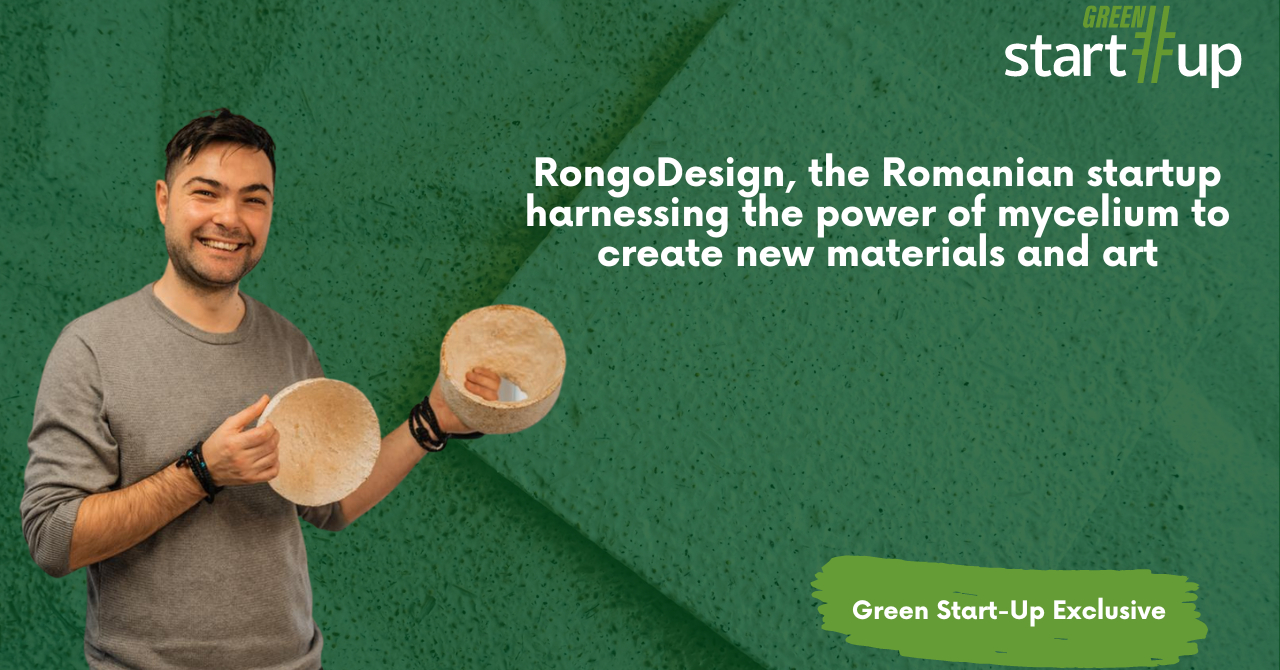

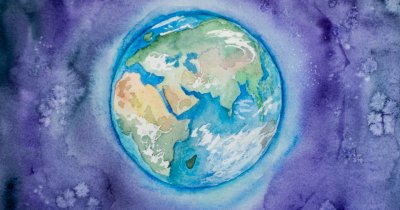
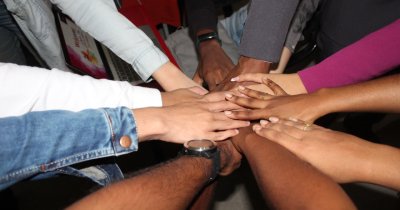
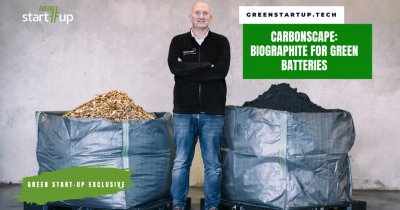

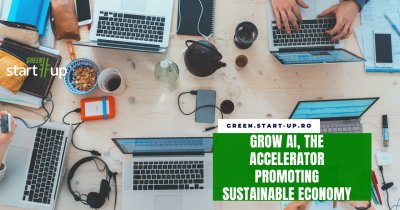
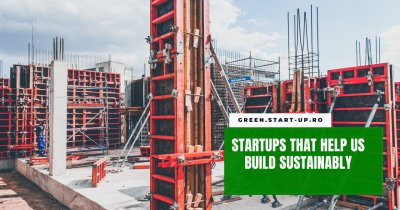
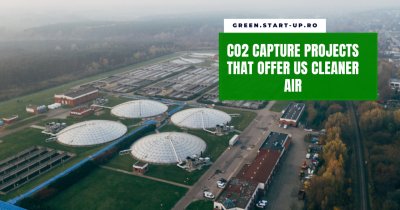
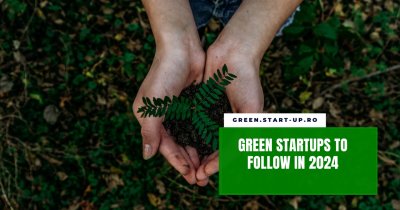

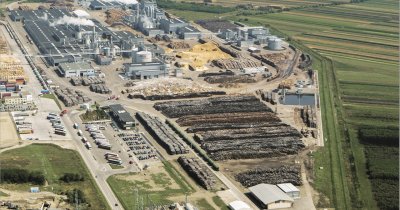

Any thoughts?